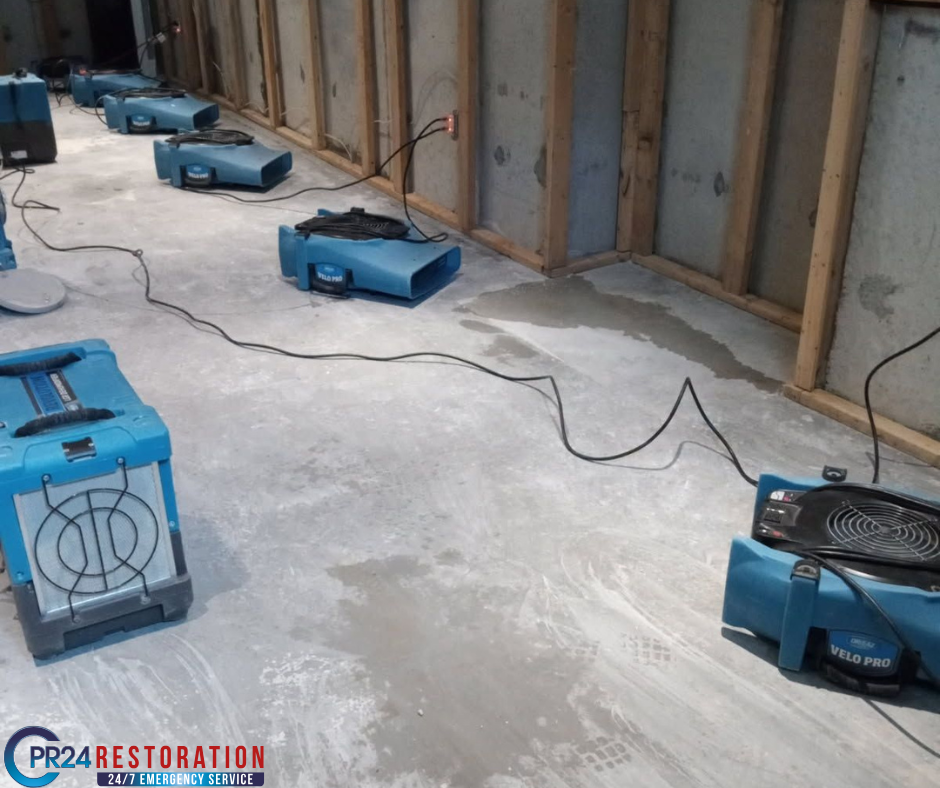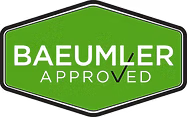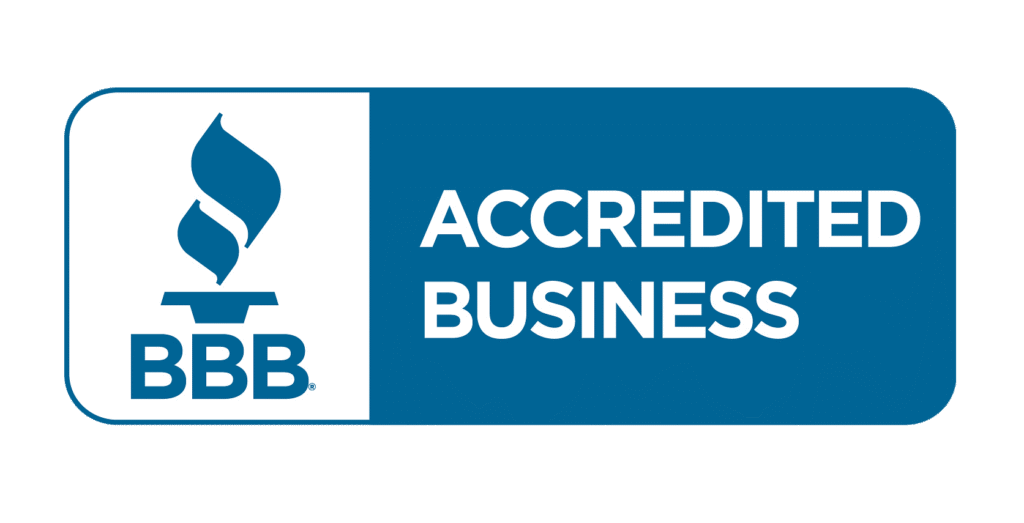In Thornhill, Ontario, heavy rain, quick snowmelt, or burst pipes can cause sudden water damage. This can put your home, health, and finances at risk. If your basement floods, your ceiling leaks, or sewage backs up, you need to act fast. Effective water damage restoration in Thornhill is crucial to mitigate further issues.
Quick water damage restoration in Thornhill is crucial. This guide will help you understand everything you need to know. It covers finding common sources of water intrusion. It also helps you choose the best “flood damage repair services near me”.
Homeowners in Thornhill must act fast when water damage happens. This helps prevent mold, structural problems, and expensive water damage repairs.
By knowing the types of water damage, the restoration process, and prevention strategies, you can protect your property. This will help you recover faster and safer. Don’t wait until it’s too late—discover how to keep your home dry, safe, and damage-free all year round.
No matter where you are, we can help. If you have water damage in Woodbridge or Richmond Hill, we can assist you.
If you require flood damage restoration in Concord, we are here for you. We also provide repairs in Thornhill and Bolton.
Our expert team is ready to help. We offer quick, effective, and lasting solutions. No matter where you are in the Vaughan area, you can reach us with just a call.
What to Know About Thornhill Water Damage
Emergency water damage Thornhill can occur from various sources, including natural disasters, plumbing failures, and appliance malfunctions. Recognizing the types of water damage is crucial for effective restoration.
Types of Water Damage Thornhill
- Clean Water Damage: This type comes from a clean source. It can happen because of a broken water line or a faulty appliance. While it poses minimal health risks, it can still lead to significant structural damage if not addressed quickly.
- Grey Water Damage: This water is slightly contaminated and can come from sources like washing machines or dishwashers. It may contain chemicals or biological contaminants that can pose health risks.
- Black Water Damage: This is the worst type of water damage. It often comes from sewage backups or flooding from rivers. It contains harmful bacteria and pathogens, making it essential to seek professional help immediately.
Common Causes of Water Damage Thornhill
- Natural Disasters: Heavy rains, storms, and flooding can overwhelm drainage systems, leading to water intrusion in homes.
- Plumbing Issues: Burst pipes, leaking faucets, and overflowing toilets can cause significant water damage.
- Appliance Failures: Malfunctioning appliances, such as washing machines and refrigerators, can lead to leaks and spills.
- Roof Leaks: Damaged roofs can allow rainwater to seep into the home, causing damage to ceilings and walls.
The Importance of Immediate Response
When faced with water damage, time is of the essence. The quicker you respond, the less damage your property will sustain. Delaying action can lead to mold growth, structural damage, and increased repair costs.
The 24/7 Emergency Response Thornhill
Many restoration companies in Thornhill offer 24/7 emergency services. This means that no matter when disaster strikes, help is just a phone call away. Immediate response teams can assess the situation, mitigate damage, and begin the restoration process.
Assessing the Damage
Upon arrival, professionals will conduct a thorough assessment to determine the extent of the damage. This includes:
- Visual Inspection: Checking for visible signs of water damage, such as stains, warping, or mold growth.
- Moisture Detection: Using specialized equipment to measure moisture levels in walls, floors, and ceilings.
- Identifying the Source: Determining the cause of the water intrusion to prevent future incidents.
The Thornhill Water Damage Restoration Process
Restoration involves several critical steps to ensure that your home is returned to its pre-damage condition.
Step 1: Water Extraction
The first step in the restoration process is to remove standing water. People typically use powerful pumps and vacuums to do this. The quicker you complete this step, the less likely mold will develop.
Step 2: Drying and Dehumidification
After water extraction, the affected areas must be thoroughly dried. This involves:
- Air movers use high-velocity fans to circulate air and speed up the drying process.
- Dehumidifiers: These devices help remove moisture from the air, preventing mold growth and structural damage.
Step 3: Water Damage Cleanup and Disinfecting
Once the area is dry, it’s essential to clean and sanitize to eliminate any contaminants. This may involve:
- Disinfecting Surfaces: Using EPA-approved cleaning agents to sanitize affected areas.
- Removing Contaminated Materials: If there is grey or black water damage, you may need to throw away contaminated items. This includes things like carpets or drywall.
Step 4: Emergency Restoration Services and Repairs
The final step is to restore your home to its original condition. This may include:
- Reconstruction: Repairing or replacing damaged structures, such as walls, flooring, and ceilings.
- Cosmetic Repairs: Painting and finishing touches to make your home look as good as new.
Preventing Future Water Damage Restoration Thornhill
Homeowners can take steps to reduce the risk of water-related incidents, even if they can’t predict them all.
Regular Maintenance
- Inspect Plumbing: Regularly check pipes, faucets, and appliances for leaks or signs of wear.
- Keep Gutters and Downspouts Clean: Make sure gutters are free of debris. Ensure downspouts direct water away from the foundation.
Install Flood Prevention Systems
- Sump Pumps: These devices can help prevent basement flooding by pumping out excess water.
- Backflow Valves: Installing these can prevent sewage from backing up into your home during heavy rains.
Understanding Insurance Coverage
Navigating insurance claims after water damage in Thornhill can be complex. Understanding your policy and coverage options is crucial.
Types of Coverage
- Homeowners Insurance: Most policies cover Thornhill water damage from sudden and accidental incidents, such as burst pipes. However, they may not cover damage from flooding unless you have a separate flood insurance policy.
- Flood Insurance: This is essential for homeowners in flood-prone areas. It covers damage that rising water causes and people typically purchase it through the National Flood Insurance Program (NFIP).
Filing a Claim
When filing a claim, it’s important to document the damage thoroughly. This includes:
- Capture images of the damage before you make any repairs.
- Keeping Receipts: Save receipts for any emergency repairs or restoration services.
Choosing the Right Restoration Company
Selecting a reputable restoration company is vital for effective Thornhill water damage recovery. Here are some factors to consider:
Credentials and Experience
- Licensing and Certification: Ensure the company is licensed and certified by relevant authorities.
- Experience: Look for companies with a proven track record in water damage restoration.
Customer Reviews
- Online Reviews: Check platforms like Google and Yelp for customer feedback.
- References: Ask for references from previous clients to gauge their satisfaction.
Comprehensive Services
Choose a company that offers a full range of services, including:
- Emergency Response: 24/7 availability for immediate assistance.
- Insurance Assistance: Help with navigating the claims process.
The Role of Technology in Restoration
Advancements in technology have significantly improved the water damage restoration process.
Moisture Detection Tools
Modern moisture detection tools help professionals find hidden water damage behind walls and under floors. This ensures a complete restoration.
Advanced Drying Equipment
High-efficiency dehumidifiers and air movers can drastically reduce drying time, minimizing the risk of mold growth.
The Health Risks of Water Damage
Water damage can pose serious health risks, particularly if it leads to mold growth.
Mold Growth
Mold can begin to develop within 24-48 hours of water exposure. It can cause respiratory issues, allergies, and other health problems.
Contaminated Water
Exposure to grey or black water can lead to serious health risks, including gastrointestinal illnesses and infections. Seeking professional help when dealing with contaminated water is crucial.








